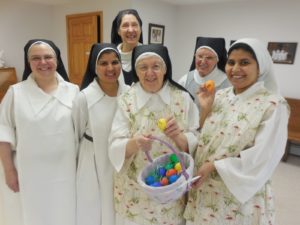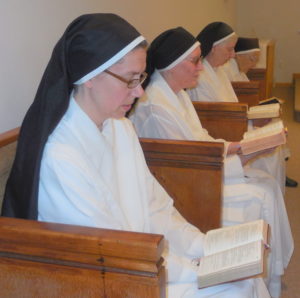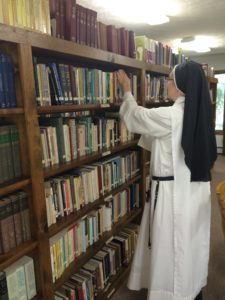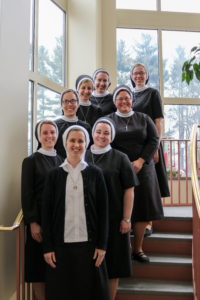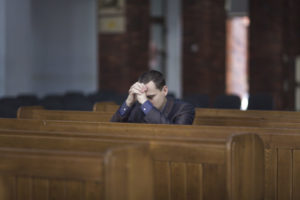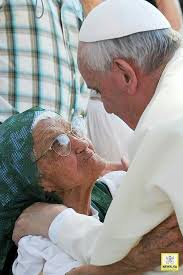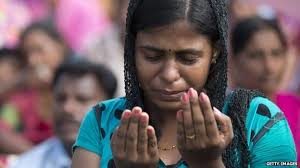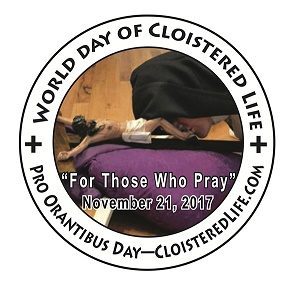That the lay faithful may fulfill their specific mission, by responding with creativity to the challenges that face the world today.

An excerpt from a reflection by Fr. Jacob Boddicker, S.J.:
St. Paul writes in his First Letter to the Corinthians, “Now you are Christ’s body, and individually parts of it. Some people God has designated in the church to be, first, apostles; second, prophets; third, teachers; then, mighty deeds; then, gifts of healing, assistance, administration, and varieties of tongues.” (vv. 27-28)
Every member of the Body—from the newly baptized infant to the shut-in who can only pray and watch Mass on television—has a part to play in Christ’s work to redeem the world. Much of this work is the day-to-day, unseen, little tasks done with great love and fidelity: the raising of children, the honest day’s labor, showing kindness to a stranger, making a hidden sacrifice for the sake of another, and so on.
We are the living stones (1 Peter 2:5) which build up the Church, not only in the sense of bricks in the wall, but also as laborers adding on to it. As a little salt flavors a great deal of food, as a little light dispels a room full of darkness, as a city on a hill is seen from miles around, so each of us is to follow and serve Christ in the way only we can, living our Catholic faith in the world as an ambassador for Our Lord.
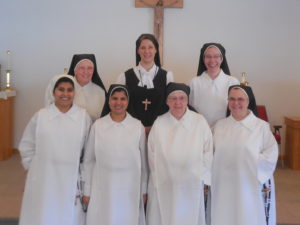 The IRL is very delighted to welcome a new affiliate: The Dominicans Nuns of Our Lady of Mount Thabor Monastery in Ortonville, Michigan (Archdiocese of Detroit). The contemplative community lives the joy-filled monastic life of prayer, work, silence, and study… all for the sanctification of souls!
The IRL is very delighted to welcome a new affiliate: The Dominicans Nuns of Our Lady of Mount Thabor Monastery in Ortonville, Michigan (Archdiocese of Detroit). The contemplative community lives the joy-filled monastic life of prayer, work, silence, and study… all for the sanctification of souls!